- Home
- Lubrication
.....Read More
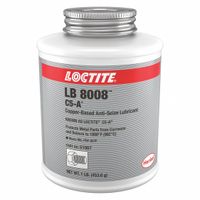
Anti-Seize Compounds

Desiccant Breathers & Breather Vents
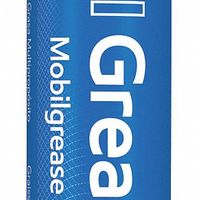
Grease
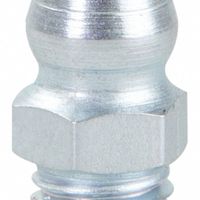
Grease Fittings for Equipment

Grease Guns
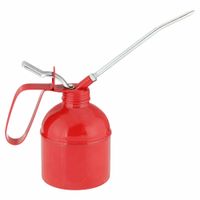
Handheld Oilers & Oil Measuring Containers

Level Gauges & Flow Sights for Lubrication Equipment
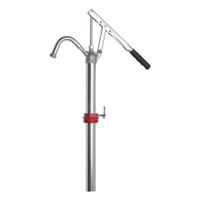
Lubricant Pumps
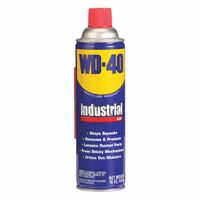
Lubricants & Penetrating Lubricants

Machine-Mount Lubricators

Mold Release Agents
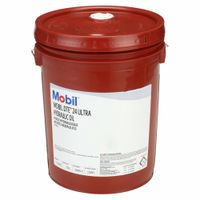
Oils
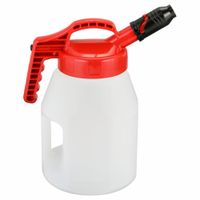
Oil Storage & Dispensing Systems
Frequently Asked Questions
What is lubrication and why is it important?
What are the different types of lubricants?
How often should I lubricate my machinery?
What is the best lubricant for my car engine?
How does lubrication reduce friction?
What are the signs of inadequate lubrication?
Can I mix different types of lubricants?
What are the environmental impacts of lubricants?
How do I choose the right lubricant for my equipment?
What are the safety precautions when handling lubricants?